Red Chili Peppers: Fire in Your Mouth or Just a Tingle?
Table of Contents
- Introduction
- Why Are Red Chilies So Hot?
- The Scoville Scale – How to Measure the Burn
- Top 10 Hottest Red Chili Peppers (With Heat Ratings)
- 5 Practical Tips to Handle Spicy Reds Like a Pro
- Debunking Myths: Is It Always the Color That Determines Heat?
- Conclusion
Introduction
If you've ever bitten into a red chili pepper and felt like your tongue was on fire, congratulations—you've met the spice world's ultimate prankster. Red chili peppers come in all shapes, sizes, and most importantly, heat levels. From mildly flirtatious to downright fiery, these little guys pack a punch that can make or break your meal.
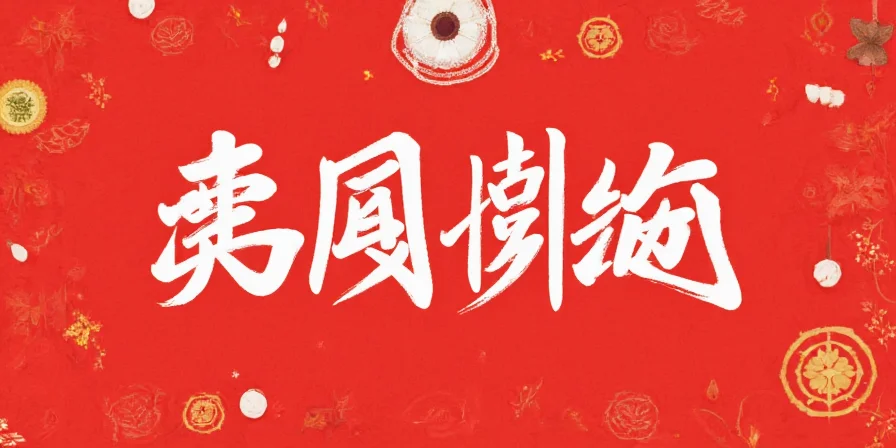
Why Are Red Chilies So Hot?
It all comes down to one compound—capsaicin. This natural chemical is what gives chilies their heat and is found mainly in the white pithy part inside the pepper (the placenta), not so much in the flesh. Capsaicin tricks your nerve endings into thinking something’s burning—even if it's not!
The fun fact? Birds don’t feel the burn. They're key in spreading chili seeds around the wild because they aren't deterred by capsaicin. Clever evolution, right?

The Scoville Scale – How to Measure the Burn
Invented by Wilbur Scoville back in 1912, the Scoville Heat Unit (SHU) scale measures how spicy a chili pepper is based on the concentration of capsaicinoids. Originally tested with human taste panels diluting extracts until the heat was undetectable, modern methods now use high-performance liquid chromatography (HPLC).
The higher the SHU number, the hotter the pepper. For reference:
| Pepper | Heat Level (SHU) |
|---|---|
| Bell Pepper | 0 |
| Jalapeño | 2,500–8,000 |
| Habanero | 100,000–350,000 |
| Carolina Reaper | 1,400,000–2,200,000 |
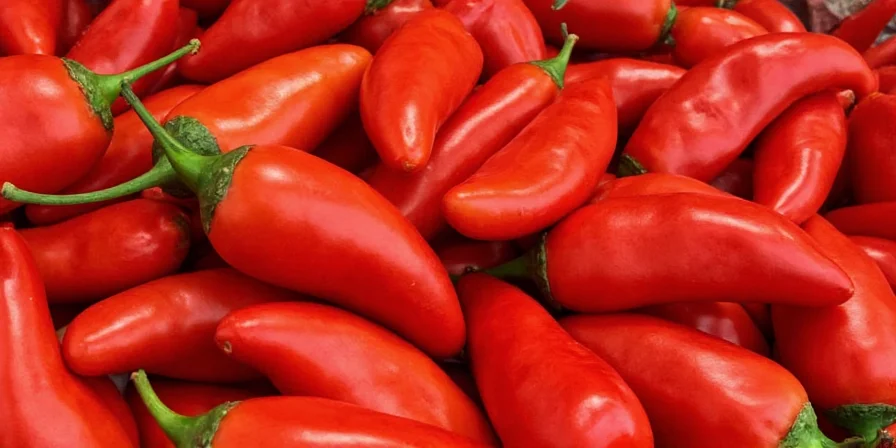
Top 10 Hottest Red Chili Peppers (With Heat Ratings)
- Ghost Pepper (Bhut Jolokia) – 1,000,000 SHU
- Trinidad Moruga Scorpion – 1,200,000+ SHU
- 7 Pot Douglah – 900,000–1,800,000 SHU
- Carolina Reaper – 1,400,000–2,200,000 SHU
- Naga Viper – 1,100,000 SHU
- Dragon’s Breath – Estimated 2,480,000 SHU (unconfirmed)
- Scotch Bonnet – 100,000–350,000 SHU
- Cayenne – 30,000–50,000 SHU
- Serrano Pepper – 10,000–23,000 SHU
- Ancho (Dried Poblano) – 1,000–2,000 SHU
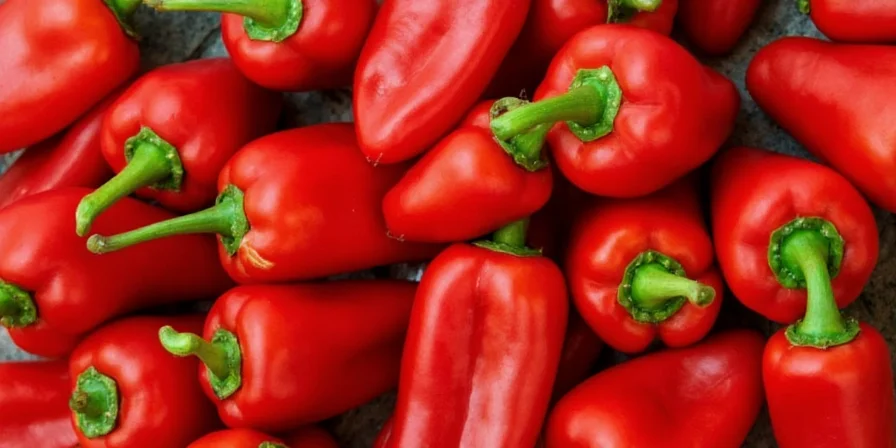
5 Practical Tips to Handle Spicy Reds Like a Pro
- Use Gloves When Handling: Capsaicin doesn’t play nice with skin. Wear gloves when chopping extremely hot peppers to avoid accidental eye contact later.
- Rinse Underwater Immediately: If you get pepper oil on your hands, rinse with cool water. Soap helps too—but not hot water; it spreads the oil.
- Milk or Yogurt is Your Friend: Unlike water, dairy products contain casein, which helps neutralize capsaicin. Keep a glass handy if you’re experimenting with superhots.
- Remove the Seeds and Pith: Most of the heat lives here. Want less burn? Scoop out the white bits before cooking.
- Balance with Sweetness or Acid: A touch of honey or lime can tame an overly spicy dish without losing flavor. Try adding citrus juice to a salsa that hits too hard.
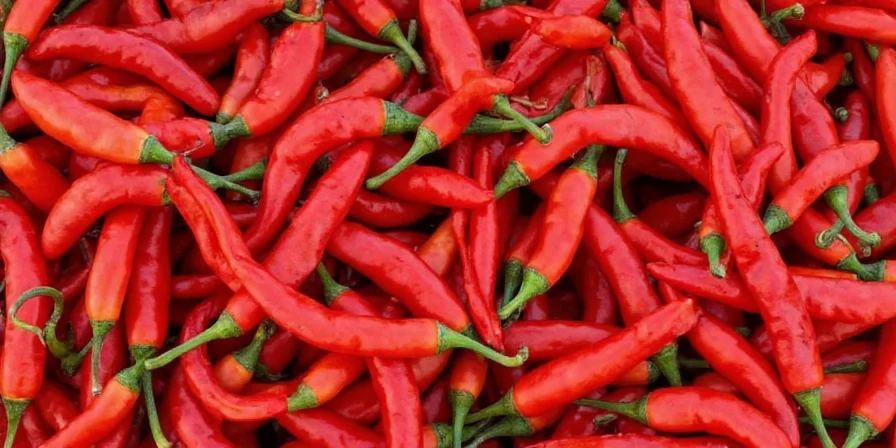
Debunking Myths: Is It Always the Color That Determines Heat?
Here’s where things get tricky. While many red chilies tend to be spicier than green ones, color alone isn’t the sole indicator. Green chilies are just immature versions of the same pepper—often milder but sometimes just as hot.
Take the jalapeño for example: green jalapeños can range from mild to medium-hot, while red jalapeños are often spicier and sweeter due to ripening time. But again, this varies depending on growing conditions and cultivar type.
So next time someone says “reds are always hotter,” just smirk and pull out your Scoville chart.
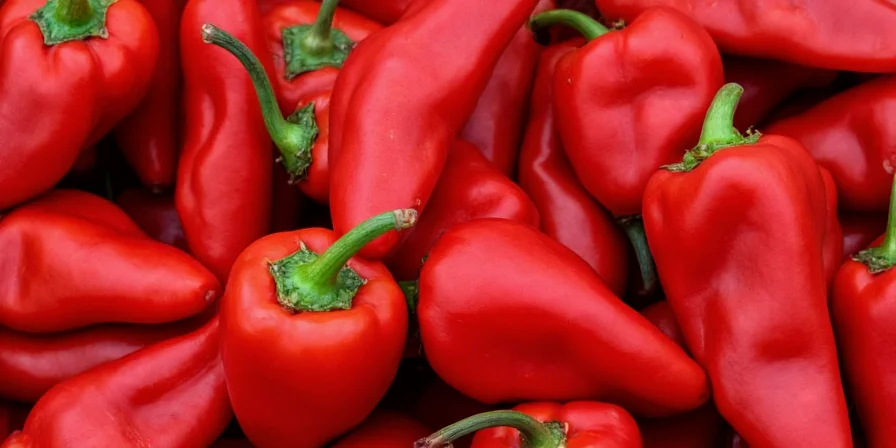
Conclusion
Whether you're a spice warrior or a cautious taster, red chili peppers offer a wide range of flavors and heat intensities. Understanding their heat scale, handling them properly, and debunking common myths will help you explore this spicy world safely—and deliciously.
Remember, it’s not about how hot you can take—it’s about how smart you play with the fire. Happy chomping, fellow chili lovers!

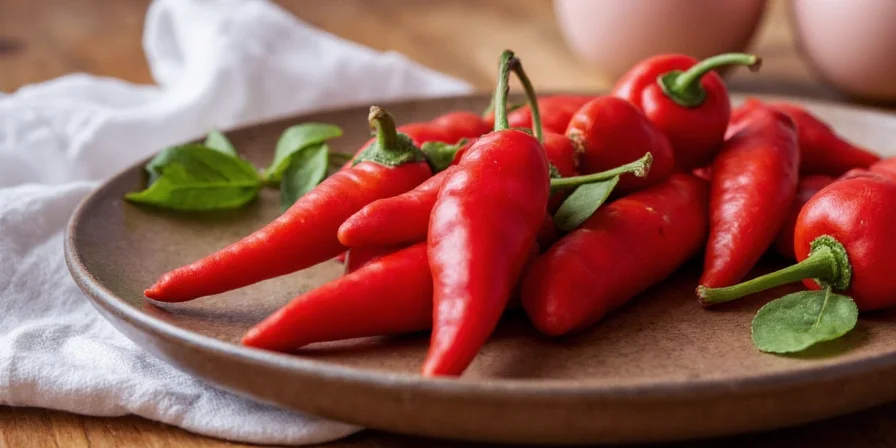









 浙公网安备
33010002000092号
浙公网安备
33010002000092号 浙B2-20120091-4
浙B2-20120091-4